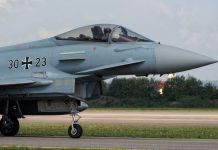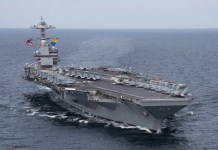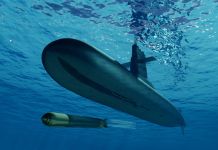Amid intense Chinese military activities in the Taiwan Strait, a threat assessment conducted by Taiwan’s Ministry of National Defense (MND) has concluded that Beijing is currently unprepared to launch a “full” invasion of the island state.
In an annual threat assessment of China sent to lawmakers on August 30, the Defense Ministry stated that even though it currently does not possess the capability to invade Taiwan, China is developing cutting-edge new weapons and has other ways to threaten Taiwan, such as inspecting foreign cargo ships.
China regards Taiwan as a renegade Chinese province and has never renounced the use of force to seize the self-ruled island state and integrate it with the Chinese mainland.
The Chinese People’s Liberation Army (PLA) has conducted multiple military exercises surrounding Taiwan, simulating an attack on the island. This indicates that the PLA is practicing a possible invasion of the Islands. However, the latest Taiwanese assessment paints a different picture.
The report published by Taiwan’s Defense Ministry noted that Beijing has been steadily upgrading its capabilities, including in joint command operations that would be of utmost importance in an invasion attempt.
However, the assessment states that “the use of tactics and strategies against Taiwan is still limited by the natural geographical environment of the Taiwan Strait and insufficient landing equipment and logistic capabilities.” It also added that China “is not yet fully possessed of the formal combat capabilities for a comprehensive invasion of Taiwan.”
The ministry stated that China is testing new strategies and accelerating the construction of a plethora of new weapons, including the H-20 bomber and hypersonic missiles, in addition to increasing the number of nuclear warheads in its inventory.
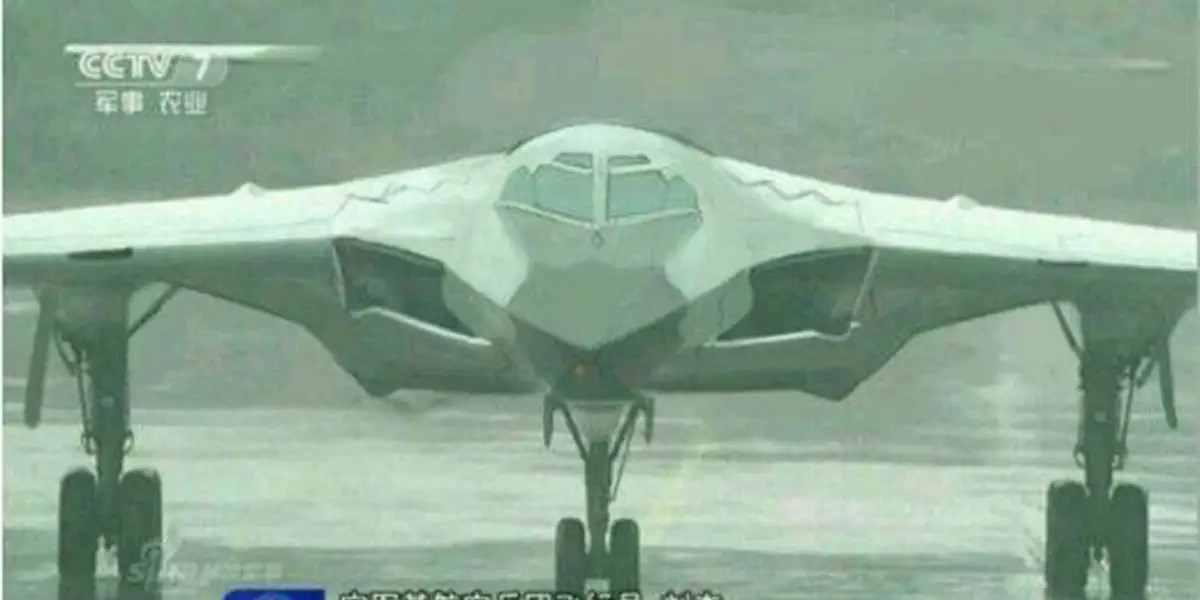
These assertions may be based on the indications from China. As EurAsian Times reported earlier, the PLA Air Force (PLAAF) deputy commander, Wang Wei, stated that the much-awaited H-20, China’s first strategic stealth bomber, would be unveiled to the public shortly.
The Pentagon’s “China Military Power Report” from 2018 and 2019 predicted that China’s new H-20 long-range stealth bomber is expected to have an operational range of 8,500 km. According to those claims, the bomber will be able to challenge powers like the United States in case they come to Taiwan’s aid.
Further, EurAsian Times understands that China is actively enhancing its hypersonic missile capabilities, allegedly working on longer-range weapons. The nuclear warhead arsenal is also expanding consistently. The Bulletin of Atomic Scientists’ 2024 Nuclear Notebook estimates that China now has about 500 nuclear warheads.
Taiwan’s threat assessment further highlights that Chinese coast guard ships were sent on interception and inspection drills off the east coast for the first time in May, when China held war simulations surrounding Taiwan, just after Lai Ching-te became Taiwan’s President. The drills were called ‘punishment drills.’
China’s military has repeatedly practiced blockading Taiwan in its military exercises in recent years. Drawing on Chinese military writings, tabletop exercises, private consultations, and expert surveys, we map out three possible blockade operations here: https://t.co/keSmldjXL1 pic.twitter.com/u5kvmuGCx2
— ChinaPower (@ChinaPowerCSIS) August 28, 2024
China’s aim behind conducting these two-day drills was to encircle Taiwan and simulate shutting off contact between Taiwan and the outside world so that no external power could aid the island state.
EurAsian Times has highlighted in several reports that China’s strategy of invasion largely hinges on cutting Taiwan off and blocking all aid from foreign states.
China also published a 3-D video showing what an invasion of Taiwan would look like in May 2024. The Eastern Theater Command released a multi-service joint strike 3D virtual and real animation on the second day of the ‘Joint Sword 24A’ military drills, providing a peek into an elaborate plan of attacking from multiple directions. The video, as military watchers said, was an attempt to intimidate Taiwan.
🇨🇳#CHINA PUTS OUT ANIMATION OF SIMULATED ATTACKS ON TAIWAN
China has made a 3D video showing how an invasion of Taiwan might look like. #Taiwan 🇹🇼
The PLA released a similar video a year ago!
This is a way for China to scare Taiwan into submission.
Unfortunately for China, it… pic.twitter.com/OcDbN0d0fc
— WORLD AT WAR (@World_At_War_6) May 24, 2024
Taiwan’s latest threat assessment report also suggests that, in the absence of conflict, China could take control of foreign cargo ships. It underscores that the waters surrounding Taiwan, particularly the Taiwan Strait, are busy international shipping routes.
Till the writing of this report, China’s Ministry of Defense has not commented on the assessment. However, Beijing condemns all the pro-democracy forces in Taiwan by referring to them as ‘secessionists.’ The ministry said on August 29 that “As long as Taiwan’s ruling Democratic Progressive Party “engages in ‘Taiwan independence’ (efforts), there will be no peace.” The Chinese Defense Ministry spokesperson said, ”The more they provoke, the faster they will perish.”
It is noteworthy that while China has direct and indirect signals that an invasion is imminent, several studies have noted that China would adopt other coercive measures instead of launching an all-out invasion, which can escalate into a region-wide conflict involving the United States.
China’s Invasion Not Happening Anytime Soon
Some analysts believe that an invasion is a real and likely unavoidable possibility, but it is not imminent. Denny Roy, a Senior Fellow at the East-West Center in Honolulu specializing in Asia-Pacific strategic and security issues, said earlier that based on observations, Chinese President Xi Jinping’s administration was not particularly keen on an elective conflict.
To invade Taiwan, the Chinese PLA forces would have to cross the Taiwan Strait, which is just 128 kilometers wide at its narrowest point. The invasion would include a large amphibious task force, forces to land and maneuver, armored vehicles, artillery, ammunition, fuel, food, and medical supplies. Nevertheless, Taiwanese military forces, foreseeing the potential invasion, may initiate preemptive attacks against the Chinese fleet.
Furthermore, due to Japan’s geographical proximity to Taiwan, the United States and its regional partners could be drawn into the conflict. While the US maintains a theoretical ‘One China’ policy, US President Joe Biden has repeatedly said that his troops would support Taipei in the case of a full-scale attack.
An earlier study by the Council on Foreign Relations (CFR), a US-based think tank, projected that the invasion would be risky. To invade Taiwan, China would have to coordinate its air, land, and sea forces with electronic and cyberwarfare in an extraordinarily complex military operation. CFR also noted that a seaborne invasion was only feasible for a few months of the year because of the two monsoon seasons and other harsh weather phenomena.
According to a host of assessments conducted over the years, an invasion would be treacherous and very expensive because transporting hundreds of thousands of soldiers across the Taiwan Strait would need thousands of ships and several weeks.

American think tanks have cautioned that by 2028, China will attempt to force President Lai Ching-te to sign an annexation or peace agreement. According to a paper published by the Institute for the Study of War (ISW) and the American Enterprise Institute (AEI), under Lai’s first term, China would execute four “pulses” that include “coordinated actions in the air, sea, information, cyber, economic, cognitive, and other domains.”
The paper states that over the four years, Beijing would be able to “obscure the larger unification campaign that each set of actions serves.” The research paper predicted that Beijing would exert more pressure on Taiwan’s administration and further isolate the nation with every year that Lai was in office. In 2028, China would then attempt to coerce Taiwan into signing a “peace agreement” or “unification framework.”
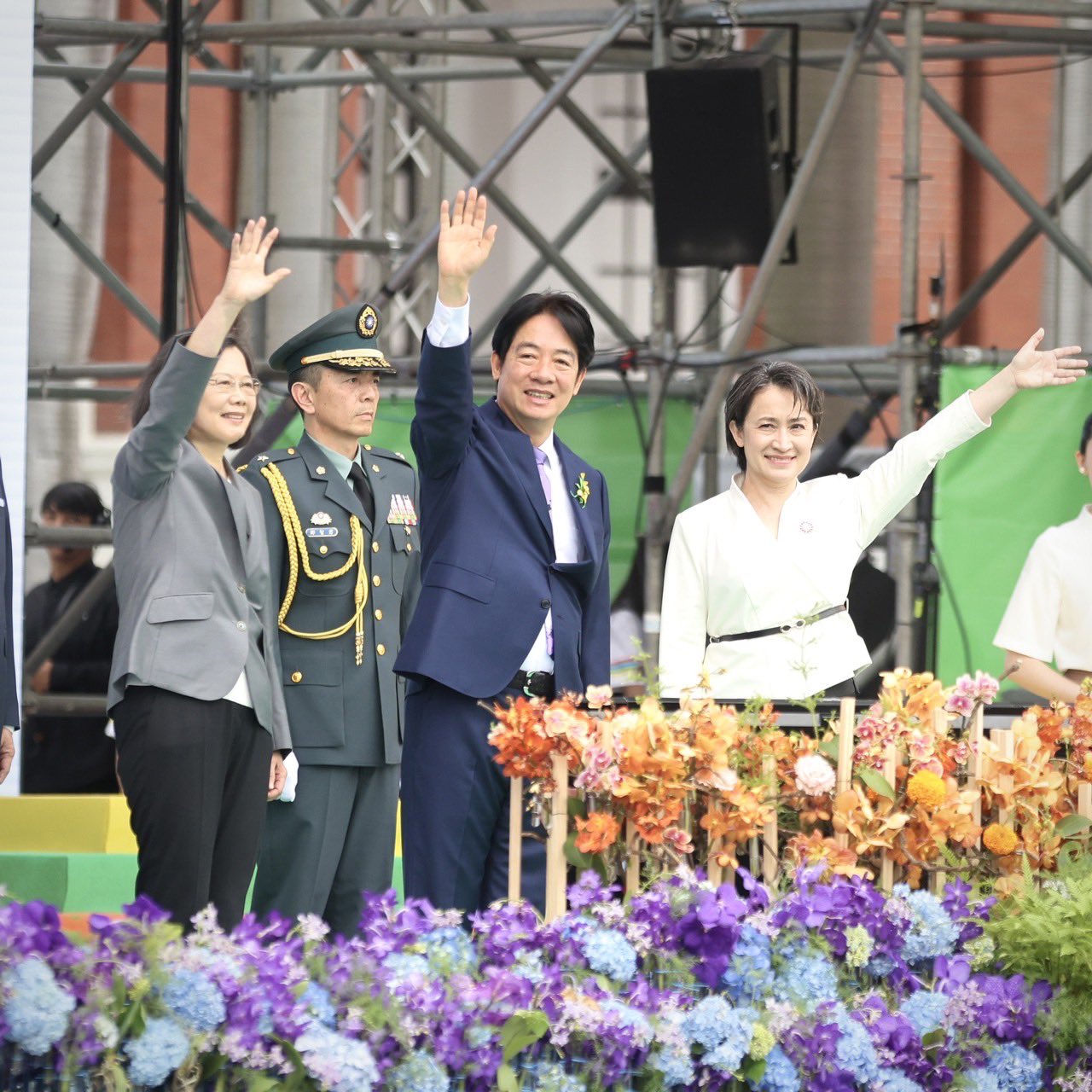
Another study by the US-based think tank Institute of War (ISW) recently explored the possibility of a Chinese ‘coercion campaign’ short of war. This included an attempt to erode Taiwan’s sovereignty over Kinmen by escalating Chinese Coast Guard activities.
The study also stated that China could eventually quarantine the Kinmen Islands, Taiwan’s outermost territory, to deny passage to Taiwanese ships and cause economic disruptions.
Analysts and military watchers have been unanimous in predicting that China would use other potent tools at its disposal rather than going to war at a time when its economy is just starting to recover.
Taiwan continues to prepare itself for that eventuality, nonetheless. The island state plans to increase defense spending next year faster than predicted due to its increased production of missiles, submarines, and other armaments as a deterrent against China.
- Contact the author at sakshi.tiwari9555 (at) gmail.com
- Follow EurAsian Times on Google News

